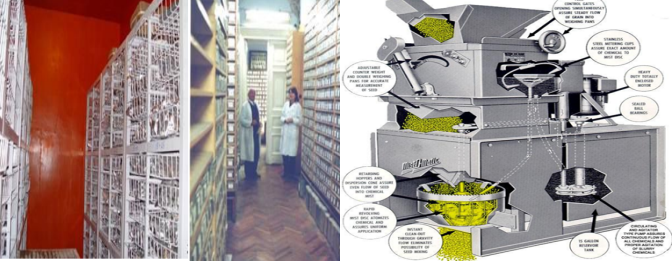How to Preserve Food Safely Using Lacto-Fermentation

How to Preserve Food Safely Using Lacto-Fermentation
Lacto-fermentation is the process that turns cucumbers into classic deli dill pickles.
It is what turns cabbage into sauerkraut, and it is the secret behind traditional Korean kimchi.
It is one of the oldest forms of food preservation.
Humanity has had thousands of years of experience with it.
Lacto-fermented foods contain probiotics that have been credited with the longevity of centenarians in societies that eat a lot of fermented food and can brag of a relatively high percentage of the population who live to be over 100 years old.
You have been eating fermented foods for years whether you’ve realized it or not.
In addition to the obvious ones like wine and beer, fermented foods include soy sauce, chocolate, vinegar, bread, tea, and miso.
They also include many foods commonly called “pickles,” which can be confusing because vinegar-based preserves are also called pickles.
However, the process that makes vinegar-brined pickles is quite different from the transformation wrought by living organisms that creates a fermented pickle.
It is fascinating that of all the methods of food preservation, fermentation especially lacto-fermentation is the one that has had the sharpest spike in popularity in recent years.
Fermentation workshops and online groups of enthusiasts abound.
In an era where there are antibacterial wipes available to sanitize anything and everything before you touch it when antibiotics are routinely administered to meat animals as a preventive rather than an emergency treatment, why are so many people nevertheless eager to eat and make foods that depend upon a thriving population of bacteria?
Maybe it is because of yogurt, which is a fermented food.
People know that yogurt is supposed to be good for them.
Most people also know that the label claim “with live acidophilus cultures” means something especially healthy, even if they aren’t sure exactly what.
Perhaps they had been paying steep prices for “probiotics” at the health food store to keep their digestive and immune systems healthy, reduce inflammation, speed recovery from yeast infections, and possibly even prevent certain forms of cancer.
Then they found out that they could be getting those same healthy probiotics cheaply and deliciously by fermenting foods at home.
In these microbe-phobic times, live cultures and probiotics are polite ways to describe the bacterial frenzy that creates lacto-fermented food.
Take some chopped-up vegetables and put them in a jar (it doesn’t have to be sterilized).
Cover them with a mildly salty brine.
Leave them at room temperature for a few days or weeks then transfer them to a cool but not freezing place.






